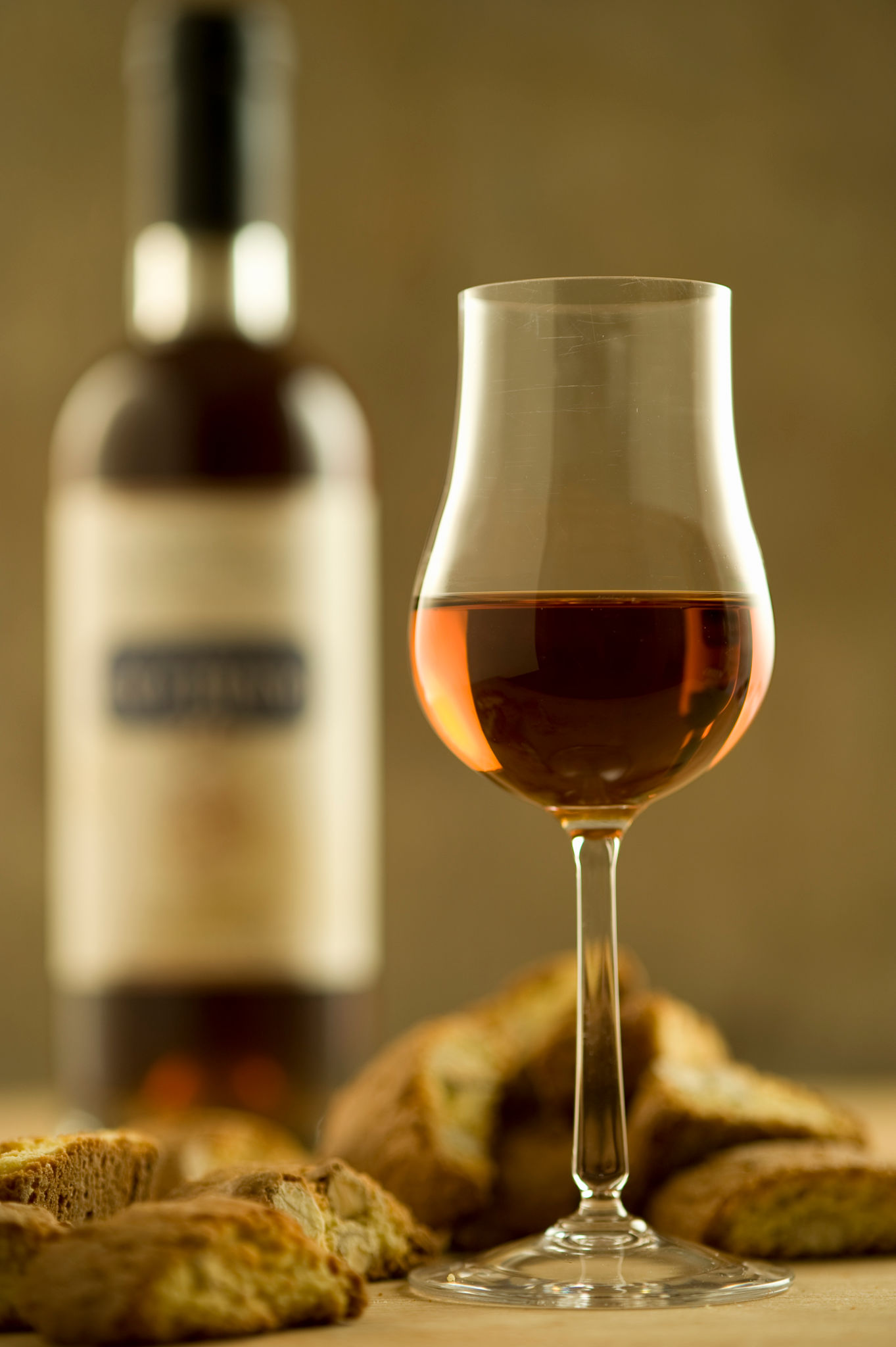The Art of Pairing: How to Create the Perfect Wine Pairing Dinner
Understanding the Basics of Wine Pairing
Creating a perfect wine pairing dinner is an art that combines the science of taste with the creativity of culinary exploration. At its core, wine pairing is about finding wines that complement the flavors and textures of your dishes, enhancing the dining experience. To embark on this journey, it's essential to understand some basic principles of wine pairing.
The primary rule is to match the weight of the wine with the weight of the food. Light wines go well with lighter dishes, while full-bodied wines complement richer, more robust flavors. Additionally, consider the dominant flavors in your dish and choose a wine that either complements or creates an interesting contrast.

Choosing the Right Wines
When selecting wines for your dinner, consider the characteristics of each wine. For instance, a crisp Sauvignon Blanc pairs beautifully with seafood, while a bold Cabernet Sauvignon is an excellent match for grilled steak. Keep in mind that personal preference plays a significant role, so feel free to experiment with different combinations.
Sparkling wines are versatile and can serve as a great starter to your meal. Their acidity and effervescence cleanse the palate and prepare it for the flavors to come. For a sweet ending, consider dessert wines that can amplify the flavors of your final course.

Pairing with Starters
Starters set the tone for the meal, and choosing the right wine can elevate these initial flavors. For salads or light appetizers, opt for a refreshing white wine like Pinot Grigio or a Riesling. These wines enhance the freshness of greens and light seafood without overpowering them.
If your starter includes bold-flavored ingredients like olives or cured meats, a rosé or a light red wine such as Pinot Noir can balance these intense flavors beautifully.
Main Course Matches
Main courses are often where the heart of wine pairing takes center stage. For white meats such as chicken or turkey, a Chardonnay with its buttery notes can be an excellent choice. When it comes to red meats, such as beef or lamb, a robust red wine like a Malbec or Syrah can enhance the savory richness of the dish.

Vegetarian Pairings
Vegetarian dishes offer a diverse range of flavors and textures that can be wonderfully paired with both red and white wines. Earthy vegetables like mushrooms pair well with reds like Merlot, while dishes featuring fresh herbs and citrus work beautifully with Sauvignon Blanc.
For spicy vegetarian dishes, consider an off-dry Riesling or Gewürztraminer, which can balance and complement the heat with their slight sweetness.
The Perfect Finish: Dessert Pairings
No meal is complete without something sweet to finish. When it comes to desserts, matching sweetness level is key. A sweet wine should be at least as sweet as the dessert to avoid any clashing bitterness. A classic pairing is Sauternes with crème brûlée or Moscato with fruit-based desserts.

Cheese lovers will find that dessert wines pair exceptionally well with a variety of cheeses, creating a delightful contrast and balance that rounds off any meal perfectly.
Conclusion: The Joy of Experimentation
The art of wine pairing is as much about exploration as it is about rules. While guidelines can help you create harmonious combinations, don't be afraid to experiment and discover new pairings that delight your palate. The most important aspect is enjoying the journey and sharing it with others.
So, gather your favorite friends or family members, select an array of wines and dishes, and let the adventure begin. Cheers to discovering the perfect wine pairing dinner!